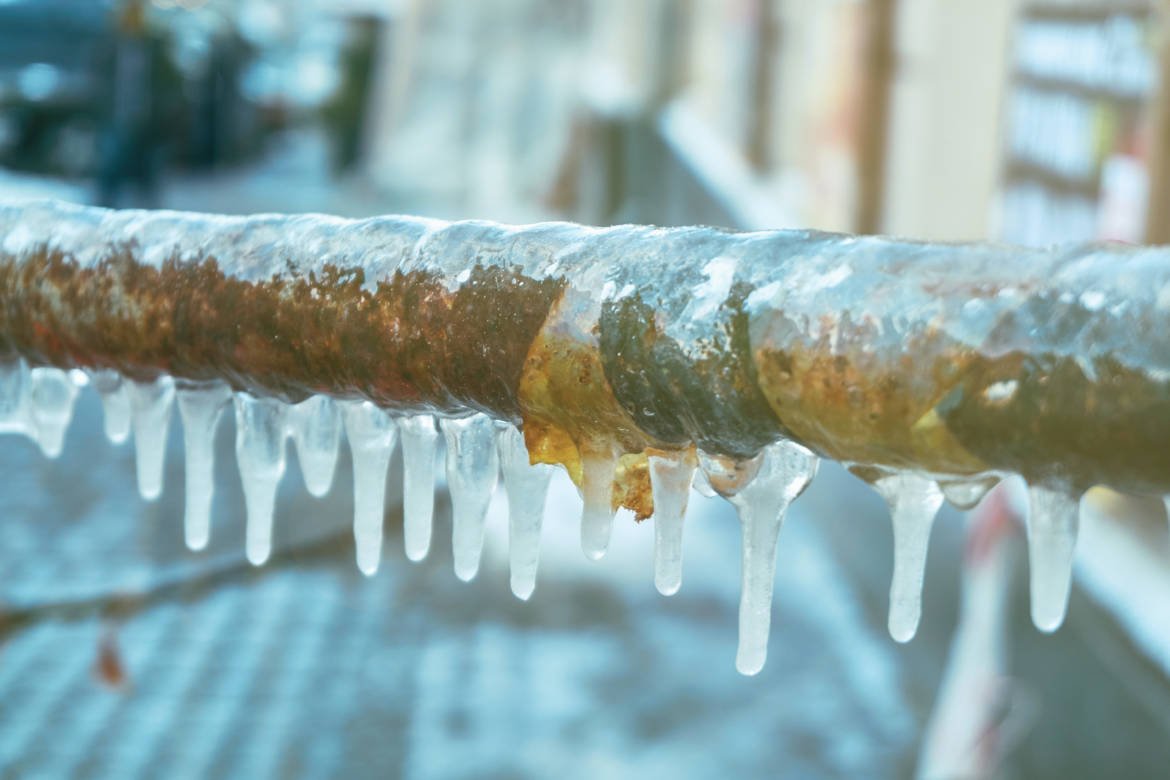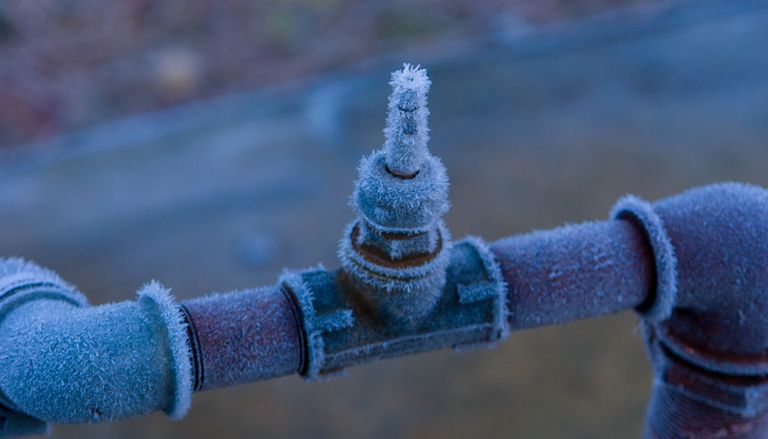Advice for Avoiding Frozen Plumbing in Cold Weather: Professional Insights
Advice for Avoiding Frozen Plumbing in Cold Weather: Professional Insights
Blog Article
This post down the page about Winter Plumbing Precautions: Preventing Frozen Pipes is quite informative. Try it and draw your own personal assumptions.

Winter can damage your plumbing, particularly by freezing pipes. Here's just how to avoid it from happening and what to do if it does.
Intro
As temperatures decrease, the risk of icy pipes rises, potentially leading to expensive repair services and water damage. Comprehending exactly how to avoid icy pipelines is essential for home owners in cold climates.
Understanding Frozen Pipes
What triggers pipelines to freeze?
Pipelines ice up when revealed to temperatures listed below 32 ° F (0 ° C) for prolonged durations. As water inside the pipes freezes, it increases, taxing the pipe walls and potentially triggering them to rupture.
Threats and problems
Icy pipelines can bring about supply of water interruptions, building damages, and costly fixings. Ruptured pipes can flooding homes and create considerable architectural damage.
Indicators of Frozen Water Lines
Identifying icy pipes early can stop them from rupturing.
Exactly how to recognize frozen pipelines
Search for lowered water flow from taps, unusual odors or sounds from pipelines, and visible frost on revealed pipelines.
Avoidance Tips
Insulating at risk pipes
Wrap pipelines in insulation sleeves or utilize warm tape to secure them from freezing temperature levels. Concentrate on pipelines in unheated or exterior locations of the home.
Home heating techniques
Maintain interior spaces appropriately warmed, particularly areas with pipes. Open cupboard doors to allow cozy air to distribute around pipelines under sinks.
Securing Outdoor Pipes
Yard hose pipes and outside taps
Disconnect and drain garden tubes before wintertime. Mount frost-proof spigots or cover outdoor faucets with insulated caps.
What to Do If Your Pipelines Freeze
Immediate activities to take
If you presume icy pipelines, maintain taps open up to alleviate stress as the ice melts. Make use of a hairdryer or towels soaked in hot water to thaw pipes gradually.
Long-Term Solutions
Architectural modifications
Think about rerouting pipelines far from outside wall surfaces or unheated locations. Add added insulation to attic rooms, basements, and crawl spaces.
Upgrading insulation
Purchase high-quality insulation for pipelines, attic rooms, and walls. Proper insulation assists maintain constant temperature levels and decreases the threat of icy pipes.
Conclusion
Protecting against icy pipelines calls for proactive procedures and fast actions. By recognizing the reasons, indications, and preventive measures, house owners can shield their pipes during cold weather.
5 Ways to Prevent Frozen Pipes
Drain Outdoor Faucets and Disconnect Hoses
First, close the shut-off valve that controls the flow of water in the pipe to your outdoor faucet. Then, head outside to disconnect and drain your hose and open the outdoor faucet to allow the water to completely drain out of the line. Turn off the faucet when done. Finally, head back to the shut-off valve and drain the remaining water inside the pipe into a bucket or container. Additionally, if you have a home irrigation system, you should consider hiring an expert to clear the system of water each year.
Insulate Pipes
One of the best and most cost-effective methods for preventing frozen water pipes is to wrap your pipes with insulation. This is especially important for areas in your home that aren’t exposed to heat, such as an attic. We suggest using foam sleeves, which can typically be found at your local hardware store.
Keep Heat Running at 65
Your pipes are located inside your walls, and the temperature there is much colder than the rest of the house. To prevent your pipes from freezing, The Insurance Information Institute suggests that you keep your home heated to at least 65 degrees, even when traveling. You may want to invest in smart devices that can keep an eye on the temperature in your home while you’re away.
Leave Water Dripping
Moving water — even a small trickle — can prevent ice from forming inside your pipes. When freezing temps are imminent, start a drip of water from all faucets that serve exposed pipes. Leaving a few faucets running will also help relieve pressure inside the pipes and help prevent a rupture if the water inside freezes.
Open Cupboard Doors
Warm your kitchen and bathroom pipes by opening cupboards and vanities. You should also leave your interior doors ajar to help warm air circulate evenly throughout your home.

Hopefully you enjoyed reading our part about Helpful Tips to Prevent Frozen Pipes this Winter. Thanks so much for taking a few minutes to browse our posting. Sharing is caring. You won't know, you might be doing someone a favor. We truly appreciate reading our article about 6 Ways to Prevent Frozen Pipes.
Call Today Report this page